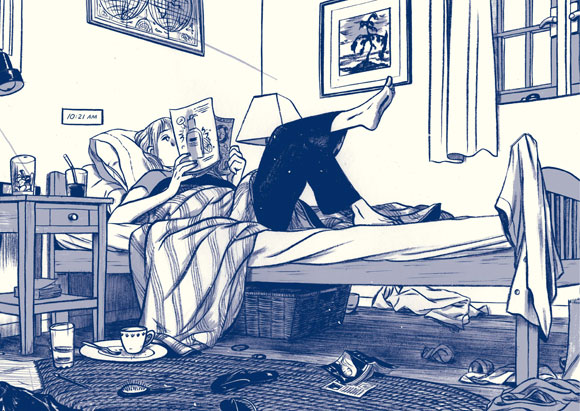
Yesterday’s retailer poll results, as revealed at Sktchd, made for fascinating reading, but at least one statistic—only 4.8% of retailers order a book based on the artist—got familiar questions being raised about why artists seem to get the short end of the stick so much in today’s comics industry. Declan Shalvey, currently of Injection, written by Warren Ellis, kicked some things off with a tweet and you can check his twitter feed for more conversation on the topic.
This is where unequal credit gets artists #ArtCred (via @sktchdcomic) pic.twitter.com/G6GddC6379
— Declan Shalvey BOG BODIES out NOW (@declanshalvey) July 21, 2015
The decline of the artist has been getting a lot of play on the twitterverse of late, with Steve Morris also showing a watchful eye for it, even checking interviews to make sure they credit the artist.
Which to be fair, many times they do not.
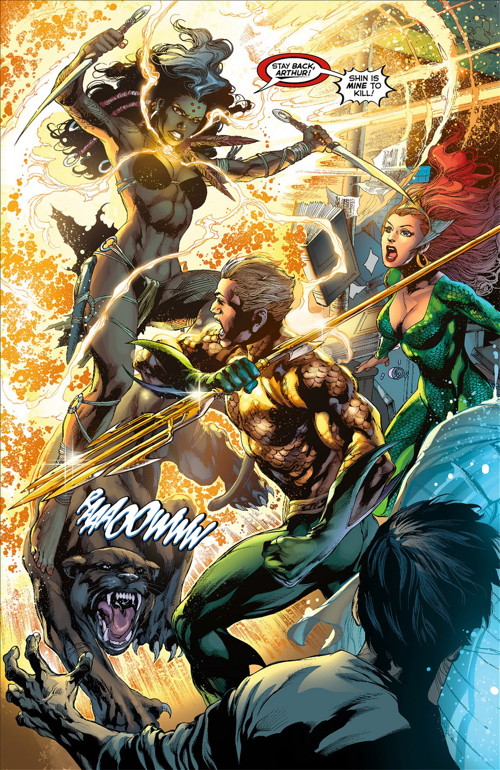
The entire “decline of the artist” phenomena has been discussed many times, sometimes at this very blog, and even by Sktchd’s Harper in the past. As I’ve said before, the decline of prestige for comics artists seems especially counterintuitive in an era which is so visually driven by Tumblr, Pinterest and the like. And given the past dominance of artists from Neal Adams on, it seems even odder. The beauty of the comics image has never been more prominent. But the makers of those images aren’t always given the credit they deserve. I have a few more thoughts, which I’ve expressed before but let me throw ’em out there again.
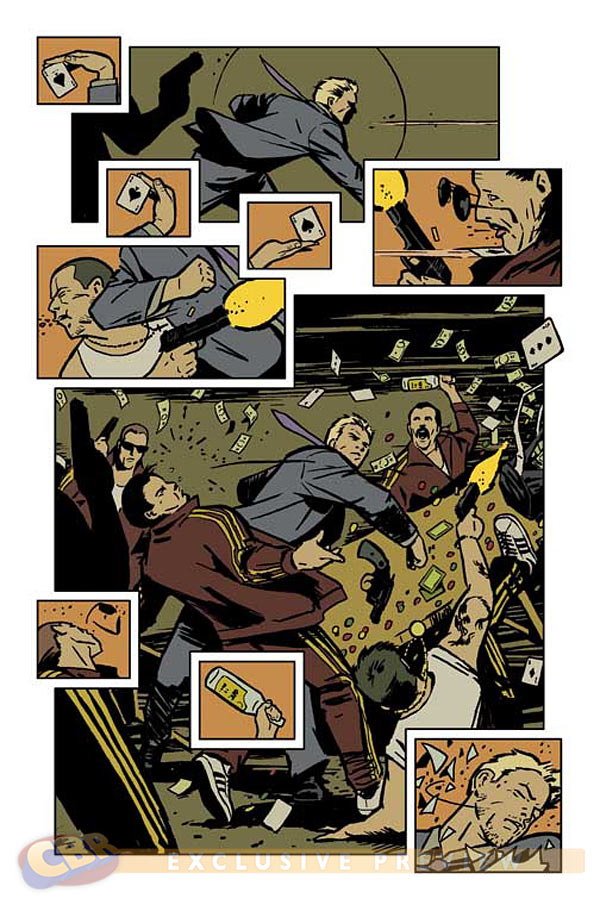
There’s a LOT of emphasis on cartoonists these days, the Rainas and Piskors who offer a tightly focused worldview and esthetic. And aside from the VERY rare Tamaki/Tamaki, Morrison/Quitely, Lee/Kirby teams, collaborative comics rarely offer that. I think if you were to ask graphic novel readers they might value the artist more, but might prefer the “creator” category.
Also, as we’ve all been saying, the Big Two, especially have been dead set on promoting the Editor-driven era of comics, and even the finest artists have been cogs in an ever grinding machine. Marvel had a few breakouts along the way, mostly on Hawkeye and Daredevil, but DC’s relentless parade of Jim Lee clones during the New 52 era reduced the role of the artist to interchangeable drone. And as fine an artist as Ivan Reis is, he’s no mold-breaking stylist.
The good news is, the Nü DCYou seems to have thrown house style out the window and allowed more idiosyncratic things to creep in. The bad news is Marvel’s new universe is starting to look as blandly homogenized as the New 52. Always a pendulum, this must be.
What do YOU think? Some wondered if casual readers would reflect the same ratios as retailers. With David Harper’s permission, I’ve recreated his questiosn in an open, public poll which will stay open for two days so hop to it! And as a final plug. Sktchd has a followup podcast with Patrick Brower, owner of Challengers in Chicago which I’m sure is worth a listen.


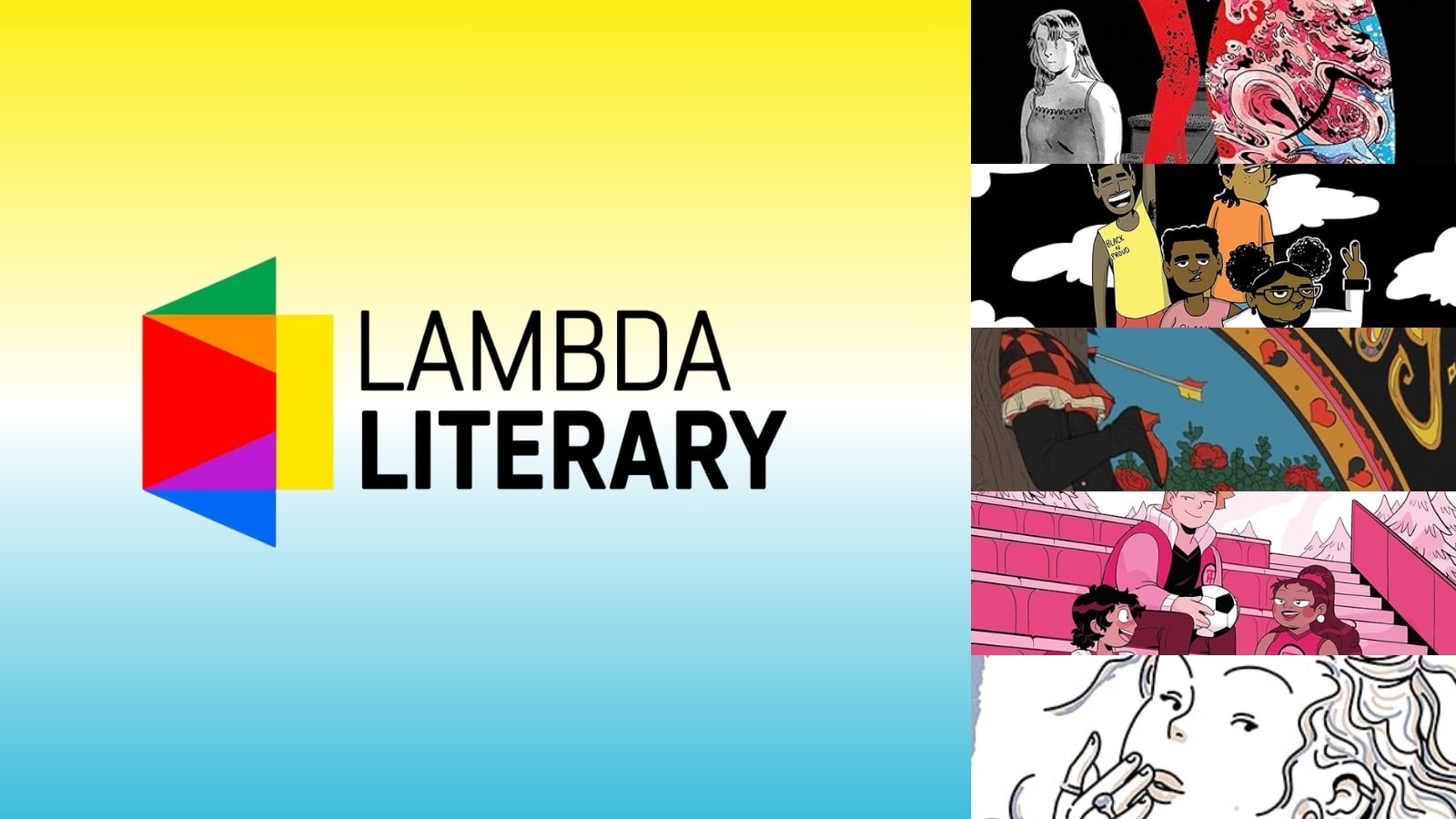
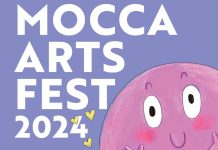
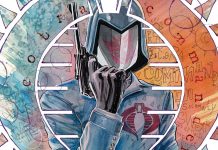


Sorta weird that ‘premise/story’ is other – the idea that someone buys a book because concept sounds interesting
For the most important factor, for me, it’s the writer. But I still have to like the art. I won’t buy a comic just for the art, but I won’t buy a comic if I don’t like the art. Unless it’s about one of my favorite characters, of which there are but a few where I’ll put up with art I don’t like.
“Only 25 shops participated, so this is just a small cross section of the industry in total. ”
Doesn’t seem like a growing mindset when such a small handful of people were asked., if they had the reach of Diamond tapping stores for a survey, there would be different results.
i personally fall under ‘creative team’ as others have said
writer is important, but i’m past the period where i would buy anything blind from anyone: the art is a big deal.
It depends on the publisher, honestly. From the Big Two, the main draw is generally going to be the starring character; with a few exceptions, the creative team is either icing or a reason to stay away depending on what of theirs I’ve read before. For books coming from other publishers, it’ll usually be concept. I have a few writers/artists who have a dependable enough track record that I’ll check out anything that they do, but I’ll typically put down my $3 for a new idea (or at least a fresh twist on an old one) over proven comfort food.
For me, it’s the story. In a universe, it’s got to have a good hook (like “Bizarro”!)
But there are a few creators who get a free pass on anything they create, so “creators” helps.
Universe? I don’t care.
Price? I don’t buy much, thanks to review copies, and I rarely spend more than $20 on comics or graphic novels. So that’s not a concern. It might be a criteria for deciding whether to buy a book I’m hesitant about.
“And aside from the VERY rare Tamaki/Tamaki, Morrison/Quitely, Lee/Kirby teams, collaborative comics rarely offer that.”
I may be misreading it, but I find this statement odd in a world where we have tremendous, prolific collaborative creative teams producing consistently great work together. Gillen/McKelvie, Vaughan/Staples, Brubaker/Phillips, Bendis/Oeming, Rucka/Lark, Fraction/Moon/Ba, Layman/Guillory … just to name a few.
I wish there was a “Creative Team” option, so I voted Other.
For me, a good writer with the right artist is the best thing, I don’t care that much for characters as much as talent, so I’m always following certain writers and artists. Add a seasoned colourist, maybe even a letterer with personality, and you have the perfect comic book.
Story, the complete package is the only reason. i have to read a good portion of the comic until i decide if i’m going to buy it or not.
Considering that Marvel and DC treat artists as an interchangeable element of comics, it’s no great surprise that retailers don’t rate artists highly when it comes to their ordering process. How often is the solicited artist actually the final artist when the book comes out? If I was a retailer, I don’t know if I’d be factoring in who the artist is either on most of my orders.
Story.
Headlines serve the same purpose as covers. Its how you sell your stuff. None should feel obligated to put anything on their advertising material. See you wont get Alex Ross doing whatever in your book and not credit him. That’s cause the name sells. Most artists names do not sell so theres no point on putting it on the cover or headline. Look at a movie poster. None think that photography is unimportant for a movie, its vital. Photographers names don’t sell though so their names don’t go in the cover. If its that important to some people to be credited constantly I suggest trying to make yourself a selling point. I say that as a comic book artist.
I say artist, but what I really mean is that I will stay with a story if the writer changes, but not if the artist changes. That happened with me on Jonah Hex, when Jordi Bernet mysteriously disappeared. It ain’t a simple question, because sometimes I just want a well told, well drawn story.
Comic artists are not the equivalent of movie poster art. Comic artists are the partly Director, Dir of Photography, Set Designer, Fight / Stunt Coordinator and on camera Actor. All of which collectively sell films. Unless one is a Sorkin level screenwriter I say the role of comic artist as equal to film poster is severely shortchanged in the above comparison.
I know I’m probably in the minority here but I’ve always followed either writers or the characters. As a kid I couldn’t even tell artist styles apart. When I was 7 and started reading comics I couldn’t tell if John Romita was drawing Spider-Man or Gil Kane was, I simply couldn’t recognize artist styles till I was older, but very early on I realized that Stan’s Spider-Man was different then Gerry Conway’s Spider-Man. As I got older I did start to recognize artist styles but I still mostly followed the characters, I didn’t stop reading the X-Men because John Byrne stopped drawing, I stopped when I got bored with the stories. In college I did buy some books for the art because that was the “thing” to do, but I quickly found I was wasting money. I loved the artist but if I had no invested in the story it felt like a waste. Nowadays I follow mostly writers. I’ll buy anything written by Mark Waid or Peter David or Kurt Busiek or James Robinson and I may be late to the game but I really find I like Dan Slot’s stuff. Some of Slott’s Spider-Man stories have god-awful artwork in them but the stories are a hell of a lot of fun. For the first time since I was in high school I want to know what happens to Peter Parker next. Off and on over the years Spider-Man had some truly great artist but since the late 80’s I never read the book regularly because it didn’t seem to be the Spider-man I know (or in some cases even wanted to know), now the artwork seems hit and miss but darn if I ain’t enjoying it.
Ideally a comic should have a great story and great art, but if I have to choose how to spend my entertainment dollars I go for the story every time. If I don’t like the story I just end up looking at the pics and going, “oh isn’t that pretty” and frankly I could do that browsing the book in the store without paying any money for it.
yeah, comparing a comic artist to a movie poster artist is not… a particularly effective argument. unless the comic artist is doing their job completely wrong.
Guys!
It’s about art AND story. Or it ain’t comics!
Good questions and analysis here, as usual. I’ll admit that I’ve had a tendency to follow writers. Doug Moench, Gerry Conway, Denny O’Neil when I first started reading. Matt Fraction, Brian Bendis, and Robert Kirkman today. And yet it’s also fair to say that I might not have been so taken with Fraction’s Hawkeye had David Aja not been drawing the book. Good art makes good writing great.
Put another way: I may follow writers, but I have endless admiration and respect for the great artists.
I could never follow cape comics because of that fordist way of producing a series. If I see that issue #4 changed artists (and usually the 2nd artist is less skilled) its not that series anymore. Like manga and french BD, comics should have the same team throughout the whole story. Otherwise it feels cheap.
Would a checkbox rather than radio button be useful? There are artists who I follow and there are writers who I follow. There are fewer artists than writers that I follow, so if I have to pick one, it’s ‘writers’. But there are artists who I would buy even if they were working on one of the more daft books out there.
If I start to order a title on Previews where I don’t know anybody, nice art will convince.
Then, there are writers and artists that I want to support and then I’ll probably get their titles because I know they do good jobs. So that’s a 50/50 ratio about importance of writers / artists. For me, they are all creators.
The net has done more to devalue art on mainstream books, rather than elevate it. Most editors have writing backgrounds, and spend more time with writers than artists, preparing scripts and such. With the many editorial notes, scripts come in later and artists have less time to turn around monthly books, So they rush, or can only draw arcs, or work as a studio under a pseudonym. Many pencillers ink on the wacom, which often means little line weight variety or sloppy inking. Talent supervisors mostly push for foreign talent (they have strong agents and a fun travel element) and new talent–some due to lower rates. There’s a lack of traditional looking superhero art, and the stagnant page rates gives us a few well paid artists at the top and a lot of inexperienced artists breaking in, and not a lot for the 30+ artists who can meet deadlines scrambling for work or dropping out. And the comic press often ignores the art, or have nothing constructive to say about it. There’s a lot of variety in art styles these days, which is great, but not every artist should draw Superman, or should have to.
I’m a comic artist, and my writing isn’t great, although my opinion is that the story is everything. Ok, not everything, but without a good story you have nothing. When I worked on wedding illustration conic strips, all the punters cared about was the story; I always felt they wouldn’t have enjoyed them as much without three beautiful drawings, but they certainly never said as much! I can think of an excellent cartoon with terrible drawings that is hilarious because the writing is so good. So at the risk of betraying my own area of expertise, I’d say writing.
*three* beautiful drawings = *the* beautiful drawings
Nobody cares about the artist, there are too many of us and writters have a bigger mouth to run and bigger connections to make while we doodle. Simple. The writter is the connection man, your manager
just look up brian woods harem.. HA
I usually only read comics that have been written and drawn by the same person, i.e. cartoonists, who seemed to be covered in a rather demeaning fashion. That’s how comics started, not with this writer/artist/superhero crap.
I think the survey over-emphasises the writer (and underplays the artist) by only allowing one answer.
We read comics for the stories, and they are best told by a writer AND artist.
But, as a retailer, if you have to bet on just the one selling point, it would be the writer.
In actual fact, it would usually be a fluid combination of writer/artist/character/story idea that would get a retailer to invest in a comic with the small amount of information they are given 3 months ahead of it shipping.
To quote from the article that accompanies the survey results:-
“Many retailers suggested it’s impossible to decide off one characteristic, and that it is more important to factor in all of the above. I’m sure all involved would agree with that statement.”
I personally thought the most telling result in the survey was the response to the question “What has been the most positive change in comics recently?”, with “Renumberings and relaunches” getting a response of ZERO% !
That aforementioned survey only asked 24 retailers which is extremely underrepresented in professional studies. It’s like pop science, only to gain a reaction. We don’t know how it was sampled or if bias was administered.
If artists are getting less attention, it’s because there’s so damn many great artists out there today. When there’s a great number, the good art becomes a given commonality which is less noticed and then the story becomes the focus. In days of past, it wasn’t popular to be a comic artist, so numbers were much less which allowed for artists to shine. Throw in the Internet and you can see how things might pull away from the artists.
So, there’s a few things to unpack here. But the most important one is that these results are no better than if you called 3 of your friends to ask an opinion and took it as a national poll. 25 respondents out of 75 asked is a great response. 75 asked out of thousands available to ask is terrible. This isn’t a survey that can produce meaningful results.
That said, I am one of those guys who chooses his books first on writer, then character, then artist — except when it comes to creator-owned work, where if there’s not an artist I (can) love, I don’t buy? Why? Because on creator-owned work, I know with certainty that when I sign up for the book, that’s the artist. No substitutions. No short runs. No mid-issue fill-ins.
I totally understand the economies of producing art versus writing. I’ve done both myself and clearly get that in the time it takes an artist to do one issue, a writer can produce 4-6. I definitely don’t want artists to go faster. All my favorites produce a substantial amount of detail and are intensely dedicated to their craft.
And just because I’d choose writer first doesn’t mean I don’t care about the artist. But I have a reasonable expectation about getting that writer every month. It’s not reasonable for me to expect that from an artist on a Big Two book.
So, if you want to collect a series without interruption, and pre-order in a way that doesn’t drive your shop manager crazy, choosing by artist exclusively is very difficult.
I will say that a lot of comic outlets don’t interview artists at all, or sparingly. I’ve made a real effort on my own site not to be that kind of outlet. But the other side of that coin is I get about half as much follow-through on interviews with artists as I do with writers. Again, that’s reasonable, given the bulk and nature of their work. But it does skew coverage too. But not as nearly as much as never asking.
Subject/Concept/What the comic is about is #1 for me. Then art #2, writer #3. Though I do follow writers around, and I do follow specific artists around too, but concept is always been #1. I voted other.
Now that I have read the article again for the 3rd time, I think the one that is misleading here is you, Ms. Heidi. I think you are misinterpreting the survey.
Look at the survey question, which was answered by RETAILERS, the ones who actually sell the product. WHAT IS THE MOST IMPORTANT TO YOU IN TERMS OF ORDERING A COMIC? The answers to that question will not tell you that nobody cares about the artist anymore, as you imply. It only tells you that many of the respondents find the writer as the most important. It does not mean that the artist is not important. In fact, if you go to the site of the original survey, there is this interesting tidbit.
“Retailers were asked that, and while it’s clear the writer and star characters are important for retailers, the co-lead for this question was other, and with good reason. Many retailers suggested it’s impossible to decide off one characteristic, and that it is more important to factor in all of the above. I’m sure all involved would agree with that statement.”
And I think sales figures would show that retailers indeed place a high importance on writers in ordering a comic book. One evidence is the success of Saga, which, despite being an entirely new concept released outside the Big 2, still sold well primarily because it is Brian Vaughan’s return to comic books. The same goes for Robert Kirkman books. That does not mean that artists are not important in their ordering decisions. Hawkeye’s sales, for instance, during the period that it was not yet beset by delay problems, were higher with the Aja-drawn issues.
This is just a badly written article that came to a wrong conclusion because it tried to draw a conclusion from answers to a question that is NOT asking about whether retailers still care about the artist.
One thing to consider is that it is often easier for a store to build a “cult of personality” around an author than an artist because authors are generally much much more prolific than artists, just as a function of the nature of their craft. There are many comics authors writing four titles a month; but some of the best artists can barely produce a comic every other month.
-B
I think for me it is the concept, followed by the creative’s team ability to deliver the concept. It can be the coolest concept ever but if the story is overly wordy or the art doesn’t match the story concept then I pass. Doesn’t matter if it is a book that is written or drawn by someone I like or not.
I know as an artist I should go with artist but for me it’s character, then writer then artist. A perfect example of this would be Frank Miller’s Dark Knight Returns. Iconic character and great writing but while you could call the art ‘unique’ or ‘stylized’ there were far more capable artists working in comics at the time. It was no Killing Joke.
In terms of buying a comic I am quite selective these days. There are some I buy purely because of the artist based on their working style and their progression in how they are developing. However, it is the story I am drawn towards rather than any particular writer of artist. Content is the most important for me and it has to draw me into another space, regardless of who the artist or writer is. Otherwise I end up never revisiting it. Like novels, I have to be transported into another time and space. I’ve learnt as an artist that I can spend hours drawing panels and taking ages with a story, yet most people aren’t really that concerned overall, so I tend to concentrate on the plot and dialogue of my stories and either drawing to innovate or hiring another artist to draw my vision.
This blows me away. But it explains a LOT about where comics are, today. I’ll drop a book in a hot second if the art is bad. Great story? Great writer? The next hot thing? No. Not if the art is poor. Why do you think I don’t own a copy of Chew or Walking Dead #1? The art. The art is EVERYTHING to me, and I’ll actually pick up a book I wouldn’t normally pick up, just for the art. I mean I’m buying Ninjak ONLY for the Butch Guice backups, for Heaven’s sake! :)
The story is and should be what drives anything.
I’ve never bought a comic because of the writer. As a kid, a adult, or as a pro. It’s not that I disrespect the writer, it’s because I can’t see the writing. I rarely buy comic books these days. At $2.99 to $3.99 a crack, that’s a lot of jack for entertainment that seldom delivers both barrels. If one is going to fail me, I’ll let it be the writing, not because I want it to, but because, good comic book writing without good art, is like reading the script without at any art at all. And for 20-22 pages, that is definitely not worth the price to me. The comic book art is the comic book. The wow. In todays comic, Cooke, Maleev, Leon, Edwards, Acuna, Guice, Parlov, Hitch, Azacenta, Hardman, J. Lee, Weeks, Aja, Clooney, can all get me to at least look at, and consider buying a comic book. Bendis may be the only writer. Are there others? Mark Miller is a name I hear a lot. Maybe. But most of the other big names, seldom do I see art that moves me to try their work. So I don’t. Comic books are a visual medium first. Because they need story to translate to the big screen, story has become more important. But to get me to look at it, it has to be in the art first. I can’t think of a kid who I grew up with, who liked comics, who thought other wise.
I think this way of collecting data is unfair in some ways. Asking for only the most important reason makes it difficult to choose and makes it look like artist or price is absolutely insignificant. Asking people to list their reasons on a scale or in order of importance would be much more telling. If the art for a comic doesn’t fit my tastes at all, I’ll very rarely pick it up, even if I like the character or writer, but if I absolutely had to choose a #1 reason, it’s probably for the star character(s)/story being told.
Just fascinating to read the responses – I hope this thread continues to grow.
One of the interesting things to me, in the retailer’s decision-making matrix, is the cover artist.
lol…
it’s like being drone in a crack factory: Of course the addicts don’t care who puts their hits together… It’s all the same to them.
They aren’t reading for artistic appreciation.
They’re reading for cathartic experience of power-fantasy; compensating for the powerlessness and personal meaningless that they feel in society.
IF you are employed by a corporate entity to illustrate a franchise – which capitalizes and said cravings in society -… THEN you are a craftsman, an illustrator…
but an “artist”…?
No.
Now… if you draw a story that you created or co-created; played out by characters… then you are an artist.
The story might still be just self-indulgent power-fantasy;
but at least you have actual creative control.
Commissions started with the classical masters; but it was “[i want something on the ceiling of Sistine Chapel… like with God and angels and stuff.]”
and Mike was like “[alright; yeah… I think I can put something together for yah… ]” and had a party playing with his craft.
There was no editorial process.
No hard deadlines (well there was; but ole Mike didn’t care; he was just like “sorry. It’s not done yet]”
…
Artists will never be doomed.
The world is hungry for art;
but guys just trying to get a gig putting hits together for addicts..?
Yeah… I’m not sure;
because this industry of mindless franchise-based entertainment is merely a recent regression of first world society.
I’m fairly confident that actual artists and art will outlive it.
The publishers don’t promote the artists as much, probably because of what happened with Image, is my guess.
Marvell has their crappy architects, but not an artist version.
Predominately, for me, its the artist. Yet I do have certain favourite writers like Grant Morrison that draw me to their work whoever the artist is. Most of the comics I buy are written & drawn by the same creator (Hellboy in Hell – Mike Mignola, Rachel Rising – Terry Moore, Ragnarok – Walt Simonsen, Tarot – Jim Balent, Richard Corben’s recent Horror series’ for Dark Horse). I also get Dark Horse Presents every month which regularly features work by certain writer/artists. Incidently, as a Brit, I regularly buy 2000AD & Judge Dredd Megazine regardless of who writes or draws the stories & characters inside!
how about a creative team option?
I’d like to correct my previous note and agree with Mr. Roman: It’s the story AND the art.
This is a great conversation, if only because all of the discussions about comics, about what comics are and what they can do and who is making them and who is reading them is happening in real time alongside the discussion. There are more people now focusing on and trying to understand the medium than ever before, and the appositive effect upon the industry will hopefully be more pronounced than ever before.
The one really solid thing I was able to take away from the survey is that retailers are running a business, working hard to attract customers to the best of their ability, so while they certainly are going to strive to create a sense of taste and style in their offerings at the end of the day they are not inside the head of the customers or the creators, so if there is something that you really like or really want or really think could blow a hole in the world we need to tell them, ask them to order it, let them know why we like it and champion the hell out of it.
A comic that separates art and writing efforts is NEVER as satisfying to me as a book created with a single creative vision by a single person. I see books on the stands with an assembly-line creative process, and think to myself “illustrated script”. There are always exceptions, always artists and writers who work in great synergy with one another, always artists who are able to pull magic together making someone else’s words challenge the reader and the page, but rarely is that enticing to me like someone who has a story to tell and feels the need to tell it by dedicating several years to drawing the thing. The panels, expressions and page composition tell the story instead of the art depicting the events, however masterfully.
I rarely buy comics based on art anymore because I rarely am impressed with the art. So much of it is just tightly traced digital photos in Photoshop. Extremely bland storytelling b/c all the shots are eye-level at a distance of 6 feet. (Yes, there are exceptions.) I’m just bored by it. What isn’t photo-traced is excessively cartoony. Not what I’m looking for. And all too often, the computer coloring dilutes all the good linework anyway.
Simply put, there’s no “craft” in the form anymore. No Al Williamsons (best renderer ever). No Frank Millers (innovative story telling). No John Buscemas (master of classic storytelling). No Tom Palmers (gorgeous ink lines with power and subtlety). (Alan Davis can only do so much! As with Ivan Reis, whose work I adore).
That’s why I’m only following ‘star characters’ these days. I pay a fee to check in on old friends. My only “new book” thrill these days is buying IDW’s Artist Editions.
So, from my pov, artists today aren’t treated like stars because they AREN’T stars. The living masters of the craft have been delegated to the convention circuit selling sketches and sketchbooks.
Being both a writer and illustrator (art encompasses more than just the drawing), I consider both equally important. Rarely will I buy a comic if there’s only one of the two that are outstanding. I think a great illustrator brings out the best in the writer, and vice versa.
I NEVER buy a comic because of the heroes. People don’t seem to understand that it is the creators who make those heroes. They don’t magically create themselves. A great creative team can make even the dullest of heroes great, and a poor team can make a great hero dull.
Comments are closed.